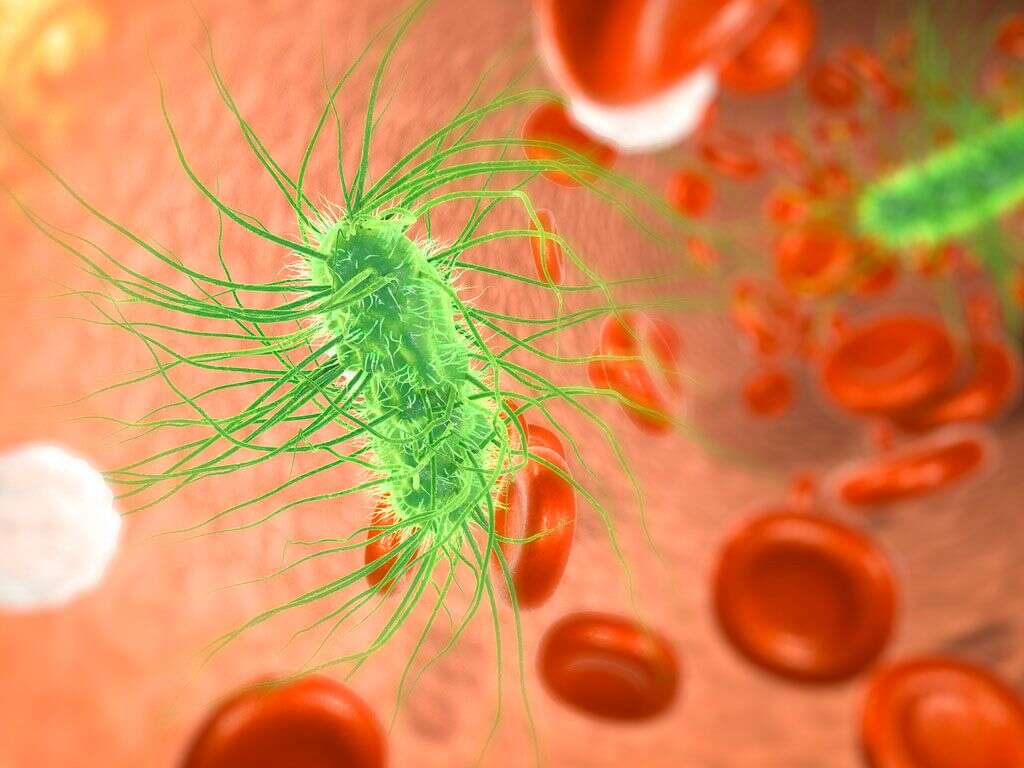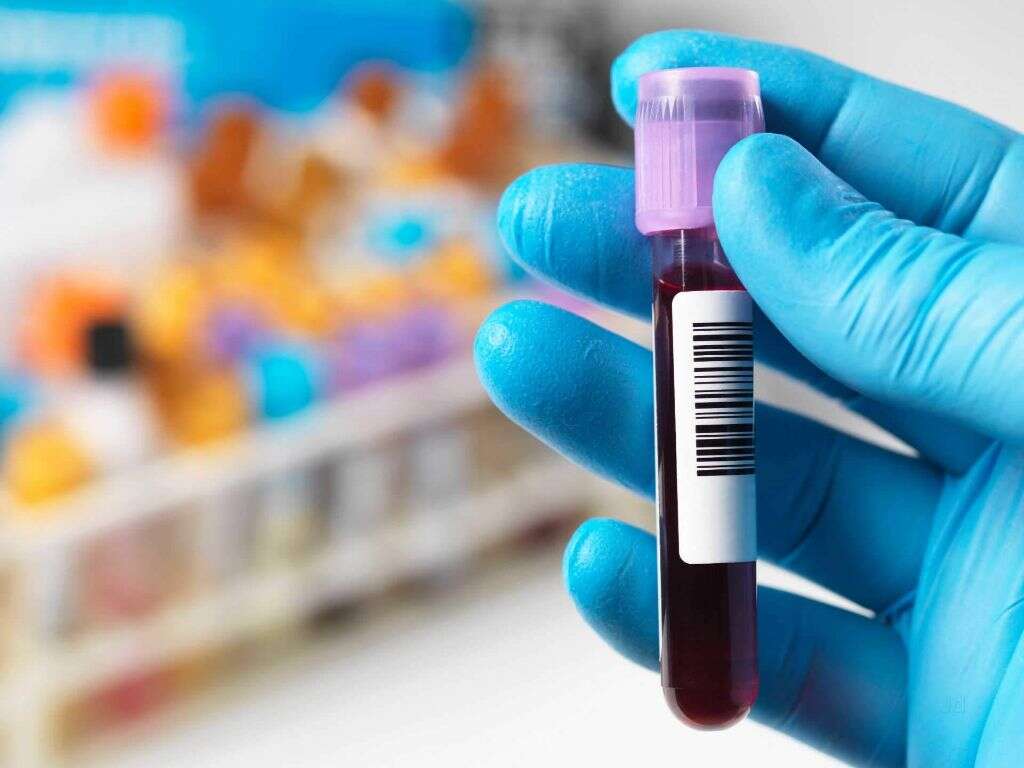What Is Leptospirosis?
Bacteria are everywhere, and they are often considered to be the most successful form of life on the planet. It is often located on the surfaces where you prepare your food so it is important to be as hygienic as possible. Bacteria can also be spread by other animals so, again, it is a good idea to take precautions where practical.
It is not possible to be completely safe, however, and it is inevitable that infections will arise from time to time. Infections can range from being barely noticeable, to being something that is a direct threat to our lives.
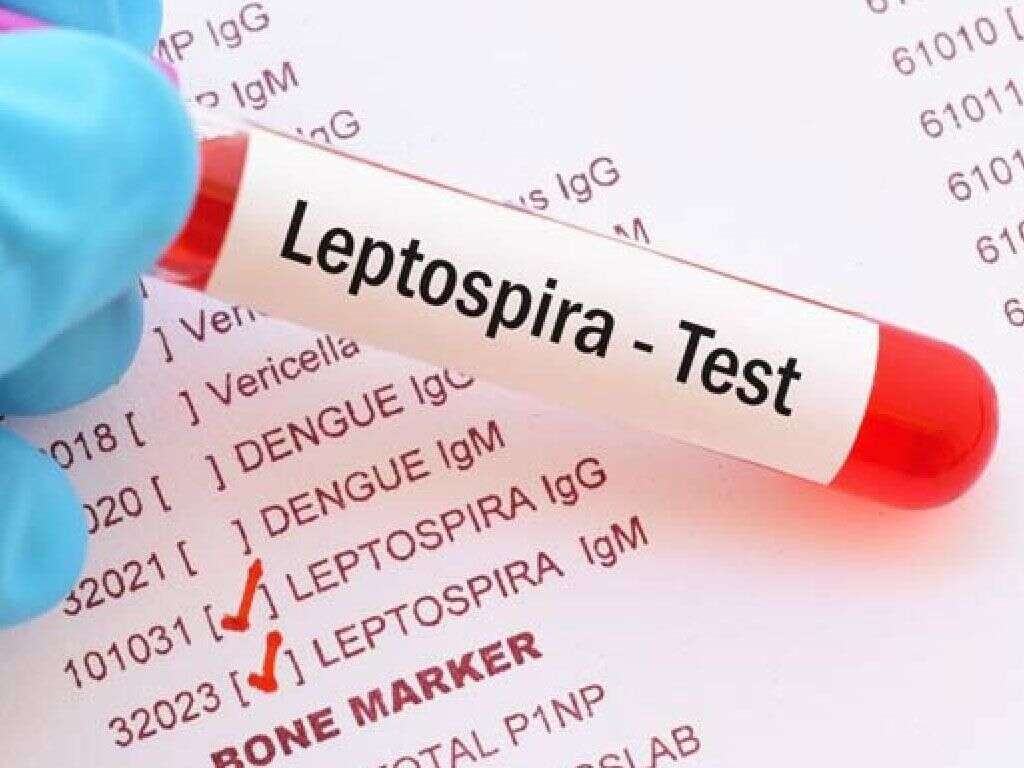
1. Leptospira
Leptospira interrogans is a bacterium which is found in some animals including domestic pets. It is, however, very rare so there is little chance of people catching it on an individual level. An infection causes a disease known as leptospira, and the disease is, thankfully, usually not dangerous.
Leptospira interrogans is found mainly in developing countries. This is partly because domesticated animals are less likely to have been vaccinated against the disease. It can also be because hygiene standards tend to be lower in developing countries. Regardless of the location, there are numerous ways that the disease can be contracted.
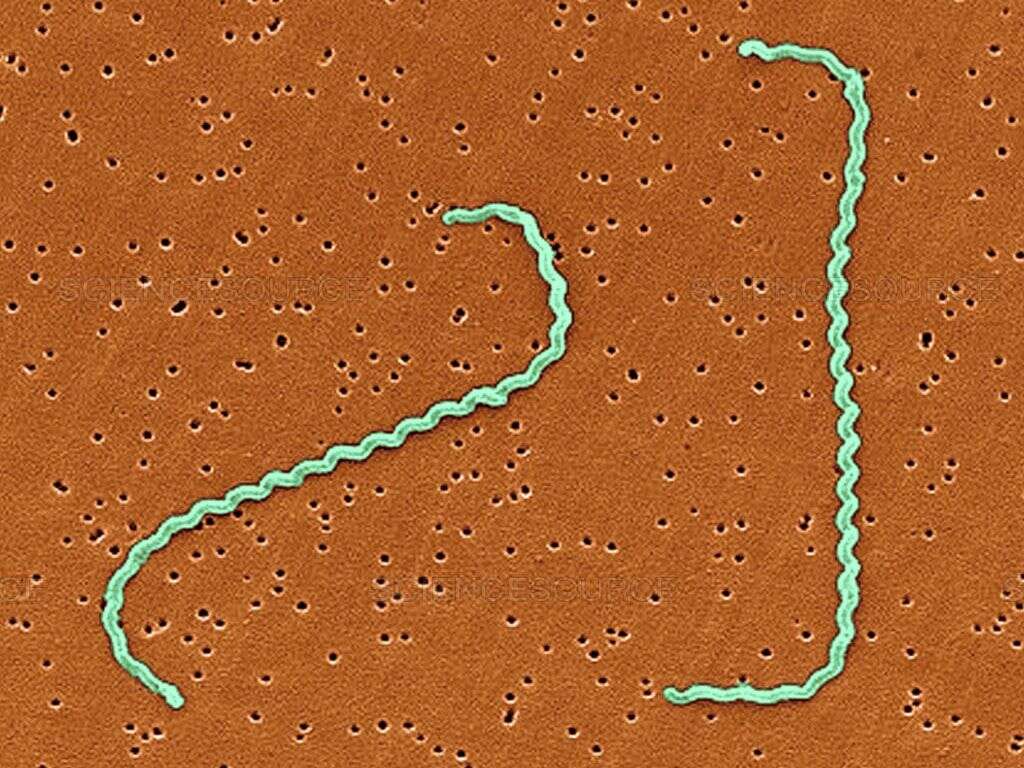
2. Transmission
The bacterium responsible for Leptospirosis resides in the kidneys of animals and is passed out of the body when the animal urinates. If you were to come into contact with infected urine, then there is a chance that you could also become infected by the bacterium.
The bacterium is unable to pass through the skin barrier so people that have broken skin are at risk. In addition, it can also be transmitted through the genitals, it can be ingested, and it can also be inhaled. It is possible for it to be transmitted from person to person, but this is very unlikely to happen.

3. Symptoms
Not everybody that contracts leptospirosis will show symptoms. When symptoms do show, they will usually happen within 2 weeks, although it can take a month or so in some cases. The symptoms can be unpleasant, but they are rarely dangerous to the patient. One of the symptoms you will likely experience is a fever, which can reach as high as 104F.
The symptoms of leptospirosis are similar to those of many other diseases so it will often be mistaken for something else. Indeed, it will often be mistaken for the flu, and the patient will often just try and push through without seeing a doctor.

4. Aching Muscles
One of our immune system’s weapons against intruders is chemicals. These chemicals are released by white blood cells and they can kill, or at least slow down, unwelcome guests. While these can clearly be very beneficial to us, they can also have some unwelcome side effects.
When released, these chemicals can cause inflammation in our muscle tissues. This can, in turn, result in the aches and pains that we so often experience when we are ill. Leptospirosis will also cause some people to vomit, and others will develop diarrhea. Some patients with the disease will also develop a skin rash.

5. Jaundice
Jaundice is a condition that is caused by the presence of bilirubin in the body. Bilirubin is a naturally occurring substance that is yellow in color and, if there is more than usual in the blood, it can begin to accumulate in the tissues. This can cause the patient themselves to take on a yellow hue.
Bilirubin is usually broken down by the liver so, when jaundice arises, it is an indication that the patient has a liver problem. Jaundice in itself is not serious, but the underlying cause can be very serious indeed so it should be checked out. It could be down to liver failure, and this could mean that leptospirosis has developed to Weil’s disease.

6. Weil’s Disease
As mentioned, leptospirosis is not usually a serious condition. It can, however, develop into something that is far more serious, which is a condition known as Weil’s disease. Weil’s disease is a condition that can be life-threatening so it should be taken very seriously indeed.
The patient will develop jaundice as Weil’s disease can cause liver failure. Kidney failure is also a possibility and Weil’s disease can also cause the patient to bleed. Another potential condition is severe pulmonary hemorrhage syndrome, which means that the patient is bleeding from their lungs. The patient should be found medical assistance immediately if Weil’s disease is suspected.
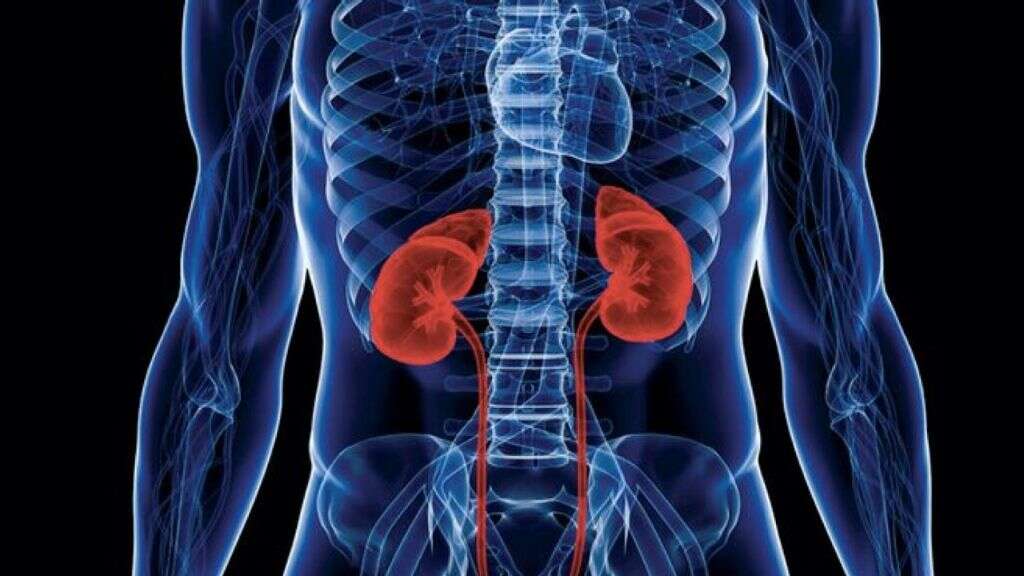
7. Who’s at Risk?
The bacterium that causes leptospirosis can be found all over the world, but it is more common in countries that have a warm client. People living in Africa, Australia, the Caribbean, South and Central America, and Southeast Asia are most likely to come into contact with it.
People that work in certain industries are also more likely to be exposed to the bacterium. This includes veterinarians, farmers, and zoo workers as they are more likely to be in contact with animal urine. People that swim in untreated water like rivers and lakes are also more prone to catching the disease.

8. Prevention
The best cure for any disease is to prevent catching it in the first place, and leptospirosis is no exception. While it is all but impossible to be completely safe, we can at least take precautions that will help make us significantly safer. One of these is to is avoid swimming in untreated fresh water, and to be careful about the water you drink.
The bacterium is commonly found in wild rats so it is important to avoid their urine. It can also be caught from other animals, but the bacterium is rare in domesticated animals in developed countries. Take extra care when travelling to certain countries, and try to maintain high hygiene standards wherever possible.

9. Diagnosis
As mentioned, a lot of people don’t show any symptoms and, of those that do, they are often only mild. This means that a lot of the time the disease will not be diagnosed at all. If you do start showing certain symptoms, however, then you should speak with your doctor to find out what is causing them.
If you have the disease, or if you have had it in the past, then your body will have produced certain antibodies that will help them fight the bacterium. A blood test will help reveal the presence of the antibodies, letting doctors know that the patient has at least had the disease in the past.

10. Treatment
Leptospirosis will often run its course and pass with the help of the immune system, so treating the condition is not always necessary. It does have the potential to be very serious, however, so treatment should always be provided when the condition is diagnosed. This will generally include antibiotics to help kill the bacterium.
The antibiotics are usually taken orally, although they may be injected cases that are considered to be severe enough. Some patients might also be given painkillers to help relieve them of their aches and pains. If the condition appears to be dangerous enough then hospitalization will be necessary.






